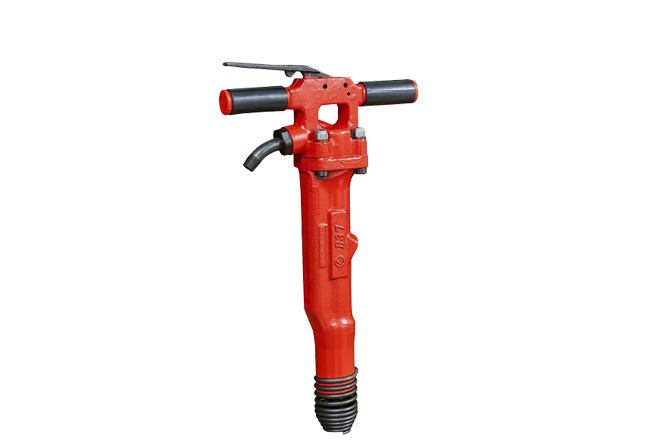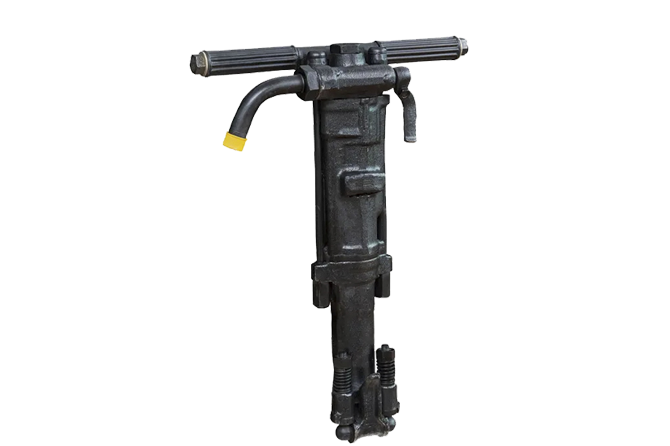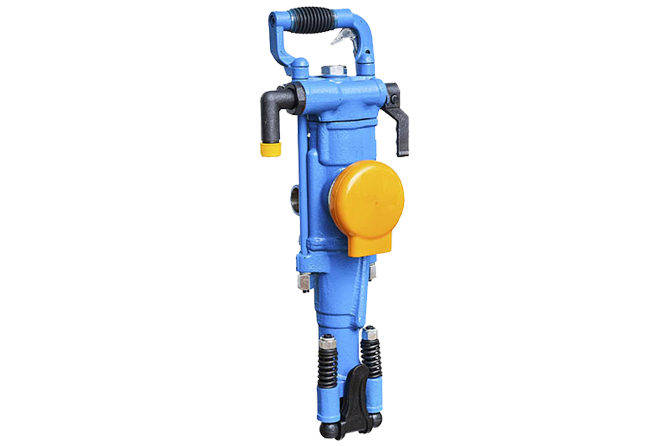Thomas Alva Edison is renowned for many accomplishments which have impacted modern life. The electric light bulb, phonograph, and motion picture camera are among his best-known inventions, but the venerable inventor was also responsible for a less-celebrated creation – The Edison Jack Hammer. This incredible tool revolutionized the world of construction by providing an efficient, effective method for routine tasks.
In 1887, Thomas Edison revolutionized the construction industry with his groundbreaking invention – the Edison Jack Hammer. This revolutionary device harnessed electricity to provide construction workers with the means to quickly, easily, and effectively break up sizable chunks of rock and soil. This was a remarkable improvement from its predecessor – a manually operated jackhammer which required two or three people to manage it. Furthermore, Edison’s innovation was substantially quieter than the old version, making the task at hand more pleasant for both workers and those in nearby areas.
The Edison Jack Hammer was constructed from a motor, a gear box, and an air compressor. The motor harnessed the power of alternating current to power the gearbox, then passing on the energy to fill a cylinder with air from the air compressor. This cylinder drove a piston, in turn powering the attached hammerhead – made from steel – to safely smash large chunks of rock and soil.
The Edison Jack Hammer was a remarkable innovation that toppled the barrier between manual labor and modern technology- its introduction to the construction industry completely transforming it for the better. This remarkable machine provided builders with the capability to demolish difficult materials quickly and conveniently, successfully replacing traditional tools and saving an abundance of both energy and time. In addition, its quiet motor was an immense bonus, providing much-awaited relief for workers and nearby communities alike.
Edison’s Jack Hammer made a remarkable mark on the construction industry, becoming the gold standard for any project. It was commonplace in creating roads, bridges, even voyage-ways through mining. The Panama Canal was one such example of this jackhammer’s notable accomplishment.
The Edison Jack Hammer has established a reputation for its brute force, used in construction jobs to separate large chunks of soil and rock with effortless ease. An improvement from earlier models, it operates in near-silence, providing a comfortable environment for workers and those that live nearby. Readily appreciated on worksites throughout the world, the Edison Jack Hammer is the go-to tool of choice.
The introduction of the Edison Jack Hammer marked a turning point in the construction industry. For the first time, workers were able to effortlessly break apart large segments of rock and soil, without the tedious manual effort needed before. Moreover, it was much gentler on the ears – meaning there was less noise pollution for both the workers and those near the site. Even today, construction projects across the globe rely on this revolutionary invention, setting a benchmark for breaking large chunks of rock and soil.
Regarded as one of the most iconic inventors of all time, Thomas Edison is accredited with revolutionizing modern science and industry. He crafted innovations such as the light bulb, phonograph, and motion picture camera; additionally, he developed a robust and simplistic tool for breaking hard surfaces – the jackhammer.
In 1877, Edison made a groundbreaking development – the invention of the jackhammer. This tool was created for the purpose of facilitating surface fragmentation, and is composed of a hammer powered by a compressed air source or electric motor and a chisel or bit to break up whatever grizzled material that stands in its way – be it concrete, rock, or asphalt.
Construction workers got a much needed boost with the introduction of the jackhammer. Crumbling solid surfaces that previously required hefty manual strength to demolish became much simpler to manage, allowing for a much quicker, more effective and efficient rate of work. The jackhammer brought a revolution to the construction industry.
Equipped with a jackhammer, excavation projects were suddenly a breeze. It became possible to get through layers of soil far faster, allowing workers to complete trenches and lay foundations with unprecedented speed. Consequently, construction jobs could be done in record time.
By inventing the jackhammer, Edison revolutionized the construction process by providing an efficient tool to rapidly break up hard surfaces. His innovative contribution has become an essential part of modern building methods.
Jackhammers are an essential tool in numerous businesses, from construction to mining and roadworks to demolition. The usually depend on electrical, atmospheric, or hydraulic power to operate. The most frequent variety is the one that runs using compressed air, otherwise known as a pneumatic jackhammer.
With the advent of the jackhammer, construction works now have access to an invaluable asset that significantly expedites the task at hand. Without this ingenious tool, breaking up hard surfaces would remain a labor-intensive and time-consuming endeavor. As a result, many projects could face extensive elongation of completion times.
With its powerful force, the jackhammer is now a staple in many industries; it is a fundamental ingredient to the successful completion of construction projects. Without it, the laborious task of building would transpire at a much slower and more trying pace.
Thomas Edison revolutionized the construction industry with the invention of the jackhammer. This powerful piece of machinery has enabled engineers and laborers to break apart hard surfaces quickly and efficiently, making it easier than ever for modern-day structures to come to life. Even after more than a century, the use of the jackhammer remains an integral part of construction work across all industrial projects.
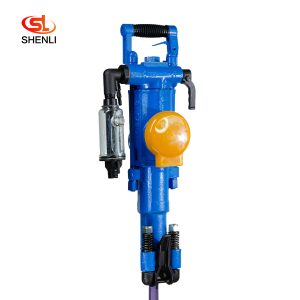
Short Description: YT29A air-legged rock drills are heavy-duty push-leg (air-legged) rock drills with low energy consumption, which are more suitable for drilling horizontal or inc […]
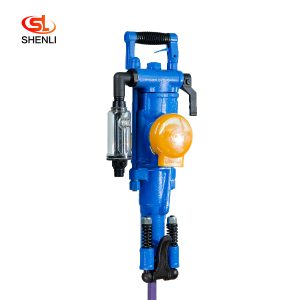
Short Description: The YT28 air-leg rock drill is a kind of high-efficiency, energy-saving and environmentally friendly rock drilling equipment. Compared with similar pneumatic pro […]
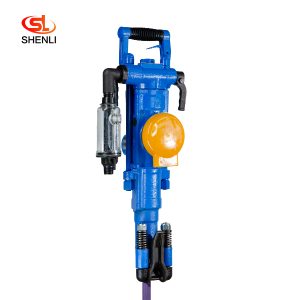
Short Description: The YT27 air-legged rock drill is a highly efficient lightweight rock drill suitable for downward or inclined drilling in medium-hard or hard (f=8 – 18) ro […]
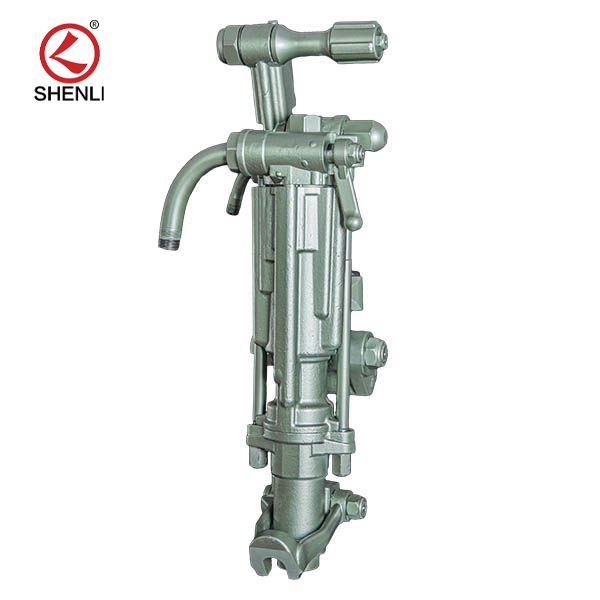
Product description: (S250 jackleg Drill) has been the preferred choice of miners who demand high performance, superior control and lasting reliability. the S250 jackleg allows ope […]
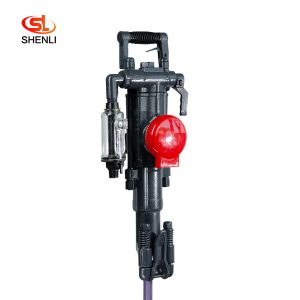
Scope of application: Model S82 air-legged rock drills are heavy-duty air-legged rock drills with high efficiency and low consumption, which are especially suitable for use in the […]
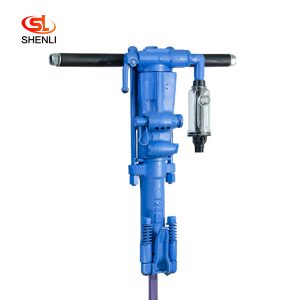
Product introduction Y26 hand-held rock drill is mainly used for drilling shell holes and secondary blasting in mines, railroads, water conservancy, and rock works, which can dry a […]
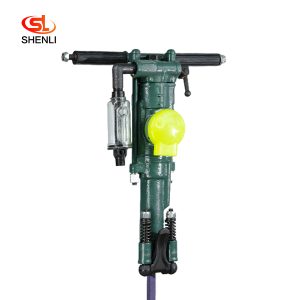
Product description: Y24 hand-held rock drill is a variant of YT24 air-leg rock drill in our factory. It has the advanced level in China and was rated as the high quality product i […]
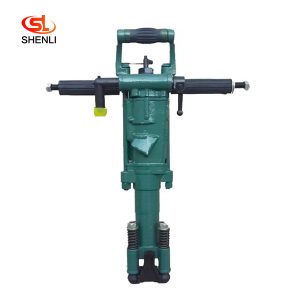
Product description: Y20LY hand-held pneumatic leg dual drill is a kind of light rock machinery, which can be used in secondary blasting in mines and quarries as well as in stone w […]
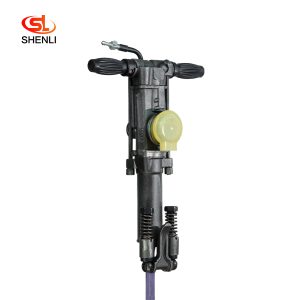
Product Description: Y18 hand – held and air – leg drill is suitable for drilling and blasting holes on soft, medium and hard rocks and W-1.5/4, W-1.8/5, W-2/5 and othe […]

